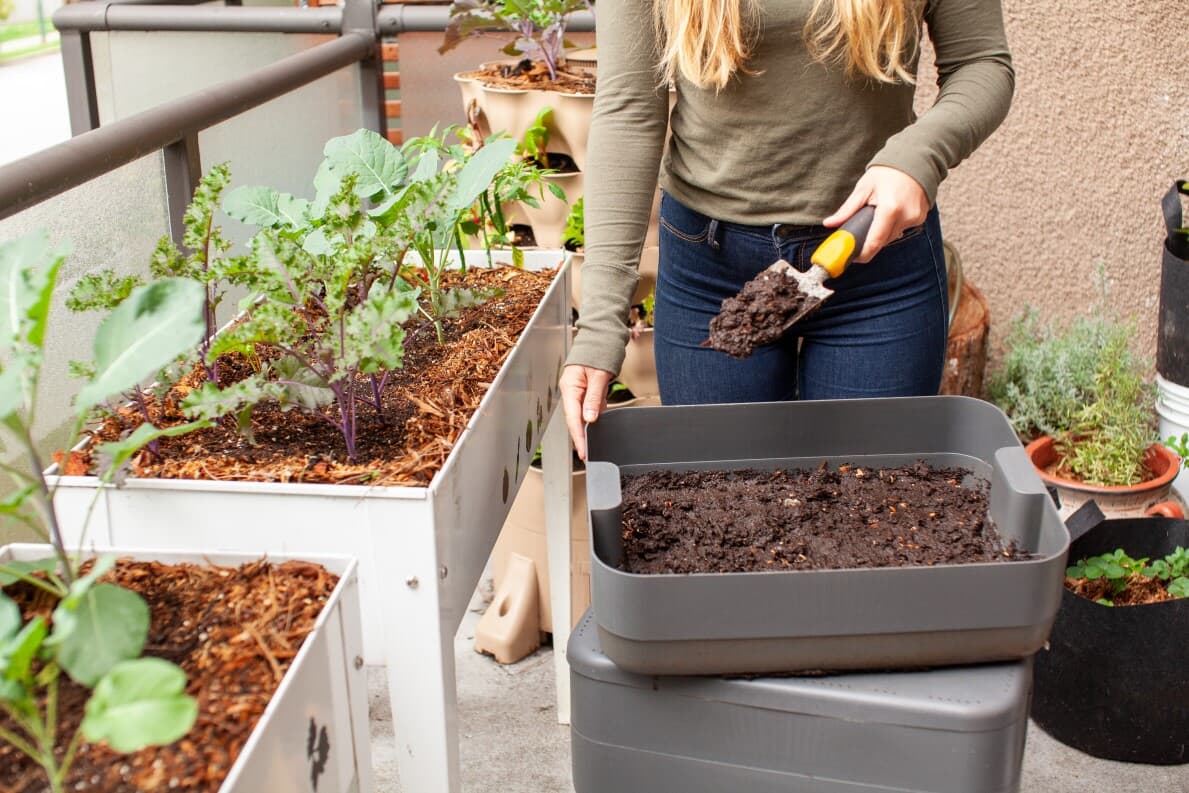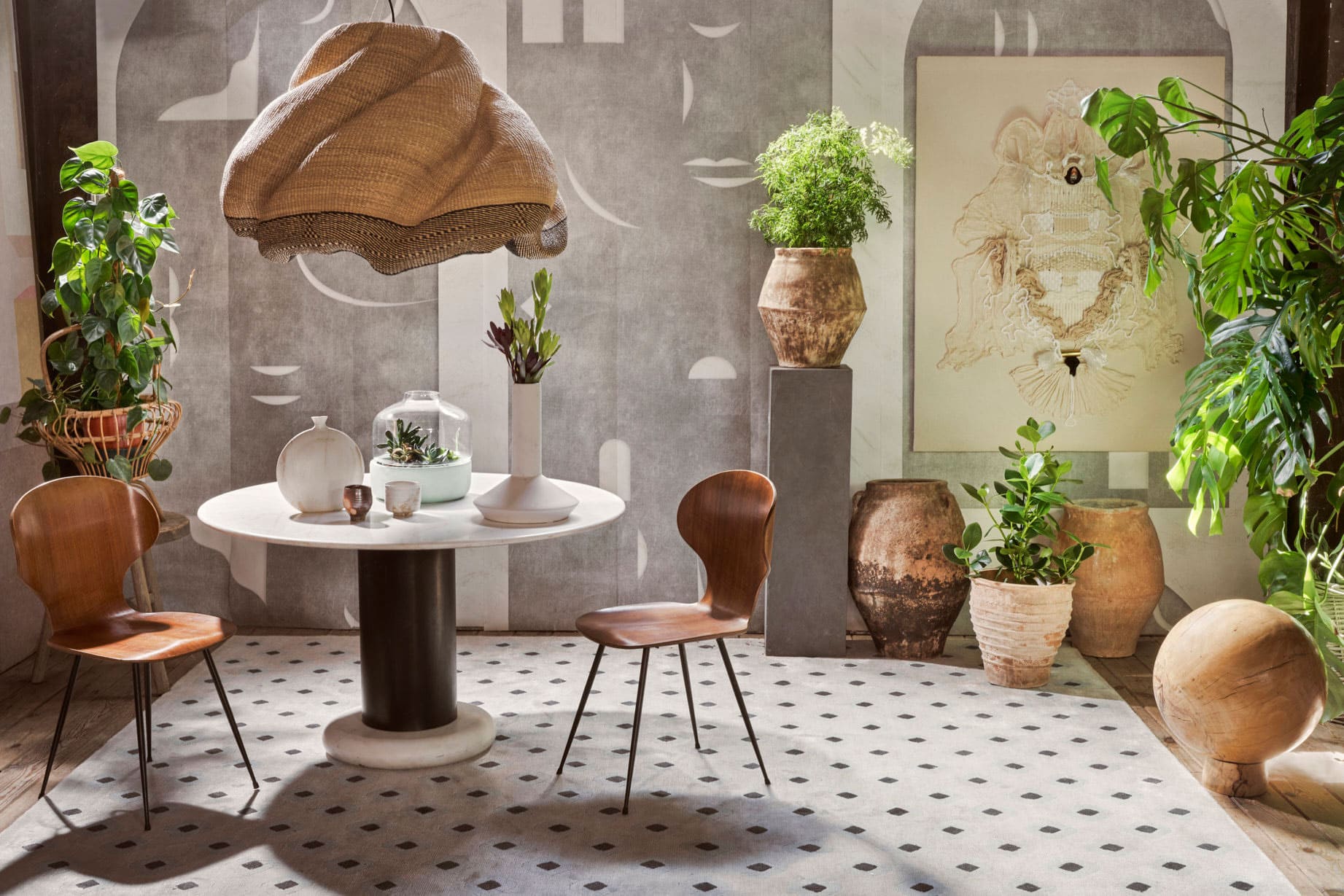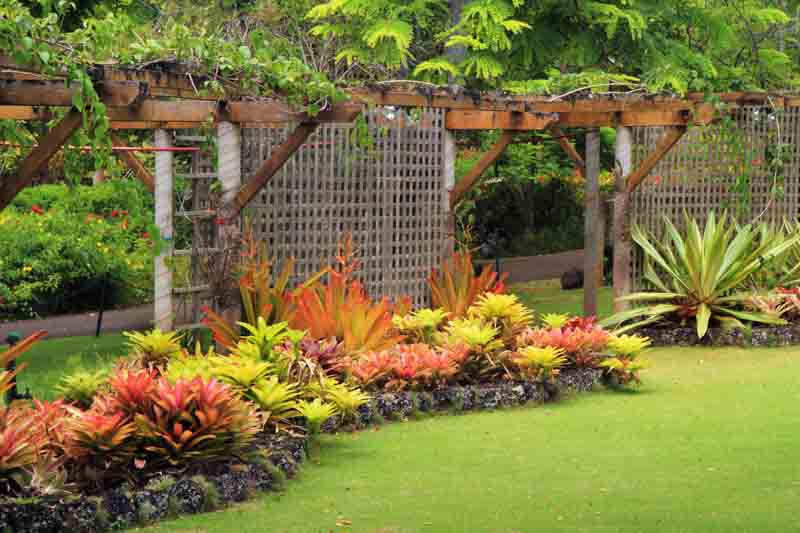Gardening is a rewarding and therapeutic activity, but having a small space can be a challenge. However, with the right Tips for Small Spaces, you can create a lush and productive garden even in limited areas. Whether you live in an apartment, have a tiny backyard, or only a balcony, creative gardening strategies can help you maximize your space.

By applying smart design techniques and selecting the right plants, you can turn even the smallest space into a thriving green oasis. This article will provide practical Tips for Small Spaces to help you make the most of your garden, no matter how limited your space may be.
Choosing the Right Plants
Selecting Space-Efficient Plants
When gardening in a small area, it is essential to choose plants that grow well in compact spaces. Tips for Small Spaces suggest opting for vertical-growing plants like tomatoes, cucumbers, and beans. These plants require minimal ground space while producing a bountiful harvest.
Additionally, dwarf varieties of fruits and vegetables are excellent choices for small gardens. Herbs like basil, mint, and thyme also thrive in small pots and can be conveniently placed on windowsills or countertops. By choosing the right plants, you can ensure a productive and space-saving garden.
Companion Planting for Maximum Yield
Companion planting is an effective way to maximize the use of small spaces. Tips for Small Spaces recommend planting compatible crops together to enhance growth and protect against pests. For example, planting basil near tomatoes can improve flavor and repel insects.
Using intercropping methods, such as growing lettuce between taller plants like peppers, helps utilize every inch of available space. This technique not only increases yield but also maintains a healthy and diverse garden ecosystem.
Utilizing Vertical Space
Installing Wall Planters and Hanging Baskets
One of the best Tips for Small Spaces is to make use of vertical space by installing wall planters or hanging baskets. These allow you to grow flowers, herbs, and small vegetables without taking up valuable ground area.
Hanging baskets can be placed on balconies, patios, or walls, providing a visually appealing and functional gardening solution. By using these methods, you can add greenery without sacrificing space for movement or other activities.
Using Trellises and Vertical Structures
Trellises, shelves, and vertical planters are great solutions for small-space gardening. Tips for Small Spaces suggest using trellises for climbing plants like peas and beans, which will maximize your planting area.
Vertical gardening is ideal for growing strawberries, small vegetables, and even some types of flowers. These structures help maintain an organized garden while keeping plants off the ground, reducing the risk of diseases and pests.
Container Gardening
Selecting the Right Containers
Container gardening is a great way to grow plants in limited spaces. Tips for Small Spaces recommend choosing containers that fit your space and match the needs of your plants. Pots with proper drainage are essential to prevent overwatering and root rot.
Containers come in various materials, including clay, plastic, and metal, each with its benefits. Lightweight containers are ideal for balconies, while durable, larger pots are suitable for small backyard gardens. By selecting the right containers, you can successfully cultivate a thriving garden.
Arranging Containers Strategically
Proper arrangement of containers can maximize space and improve plant health. Tips for Small Spaces suggest placing taller plants in the back and shorter plants in the front to ensure adequate sunlight for all.
Rotating containers periodically allows plants to receive equal light exposure. Using tiered shelves can also help create an organized and space-efficient container garden. With smart arrangement techniques, you can maximize your garden’s potential even in tight areas.
Smart Soil and Watering Techniques
Improving Soil Quality in Small Gardens
Healthy soil is crucial for plant growth, especially in small gardens. Tips for Small Spaces advise using high-quality potting mix rich in organic matter to provide essential nutrients.
Adding compost regularly enhances soil fertility, promoting strong root development. Since space is limited, using soil boosters like worm castings or liquid fertilizers can help maintain plant health without taking up additional room.
Efficient Watering Methods
Watering correctly is essential to prevent overwatering or underwatering in small gardens. Tips for Small Spaces recommend using self-watering pots or drip irrigation systems to maintain moisture levels efficiently.
Mulching around plants helps retain soil moisture and reduces the need for frequent watering. Collecting rainwater in small barrels can also provide a sustainable and cost-effective way to keep plants hydrated. These methods ensure healthy plant growth while saving water.
Creative Garden Layouts
Designing a Functional Small Garden
Careful planning is necessary to create an efficient small garden. Tips for Small Spaces suggest sketching a layout before planting to make the most of every available inch.
Using modular garden beds or stacking planters can help optimize space. Arranging plants in a way that maximizes sun exposure and airflow ensures a healthier garden with higher yields.
Incorporating Multi-Purpose Furniture
Multi-purpose furniture, such as benches with built-in planters, can save space while adding aesthetic appeal. Tips for Small Spaces recommend using foldable or stackable furniture to create a flexible garden setup.
Combining seating areas with plant arrangements makes the garden both functional and relaxing. With thoughtful design choices, you can transform even the smallest area into a beautiful and productive green space.
Conclusion, Gardening in small spaces requires creativity and smart planning, but with the right Tips for Small Spaces, anyone can create a flourishing garden. Whether through vertical gardening, container planting, or efficient watering techniques, making the most of available space is possible.
By choosing the right plants, utilizing vertical structures, and maintaining healthy soil, small-space gardens can thrive beautifully. Implement these Tips for Small Spaces to turn your compact garden into a lush, productive haven. Happy gardening!



